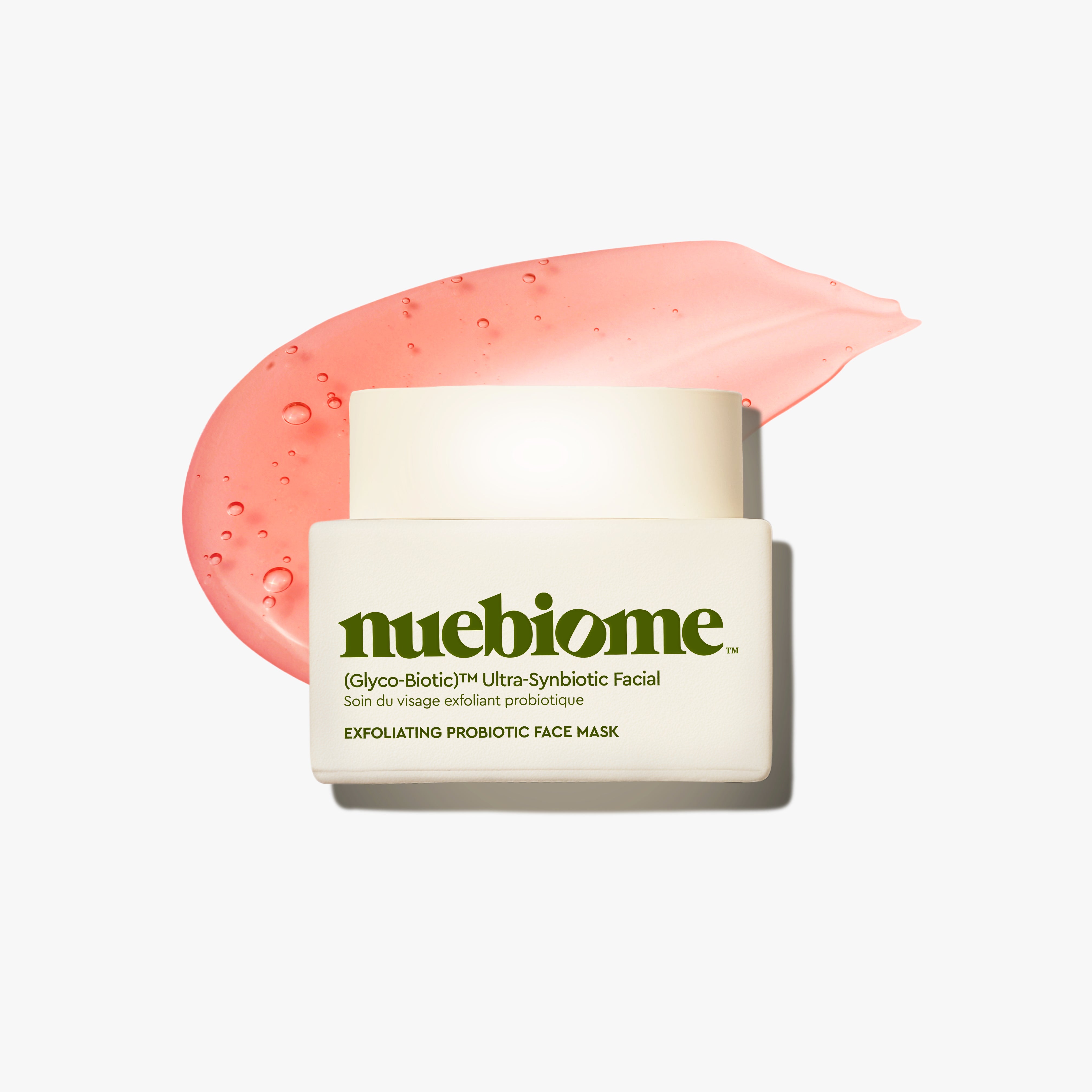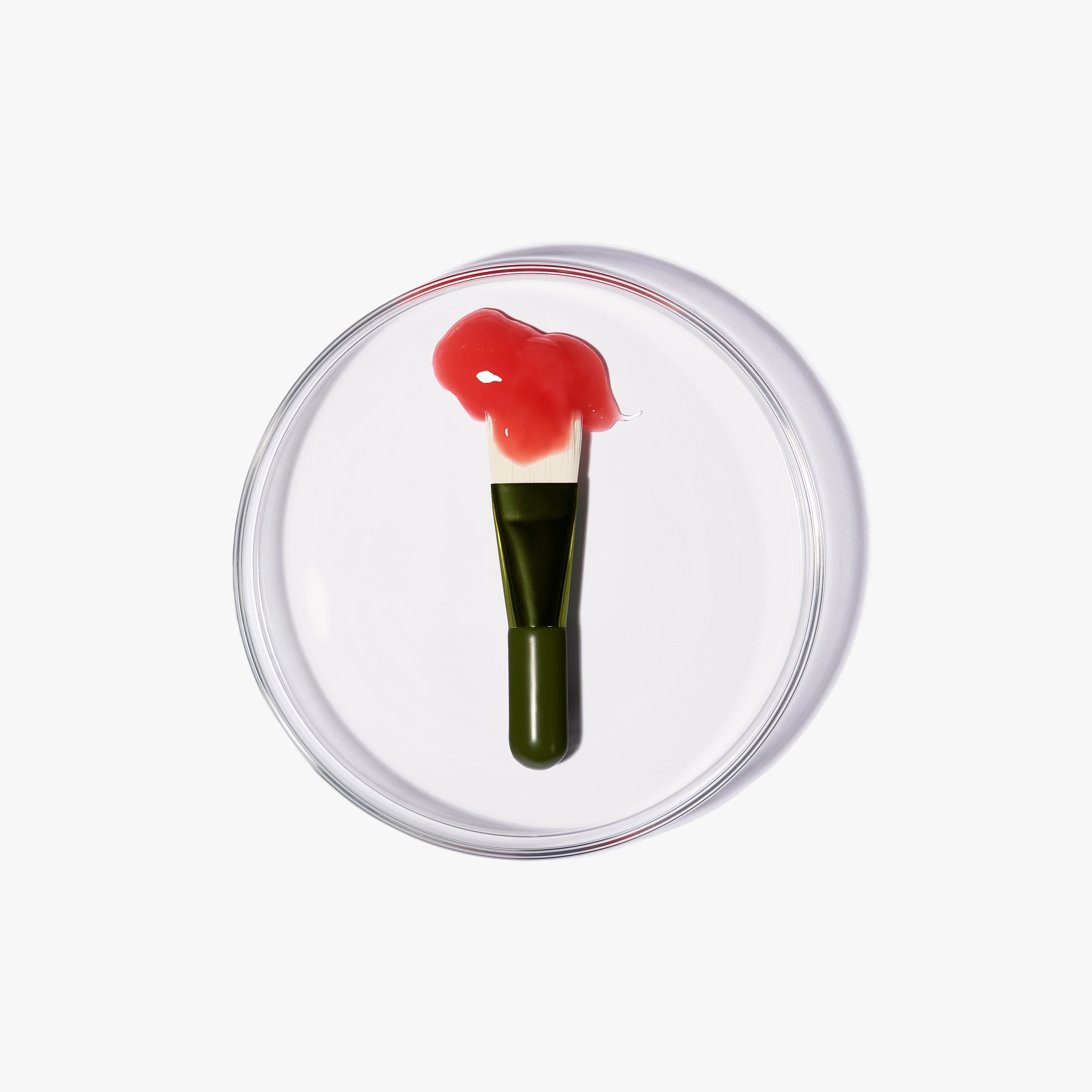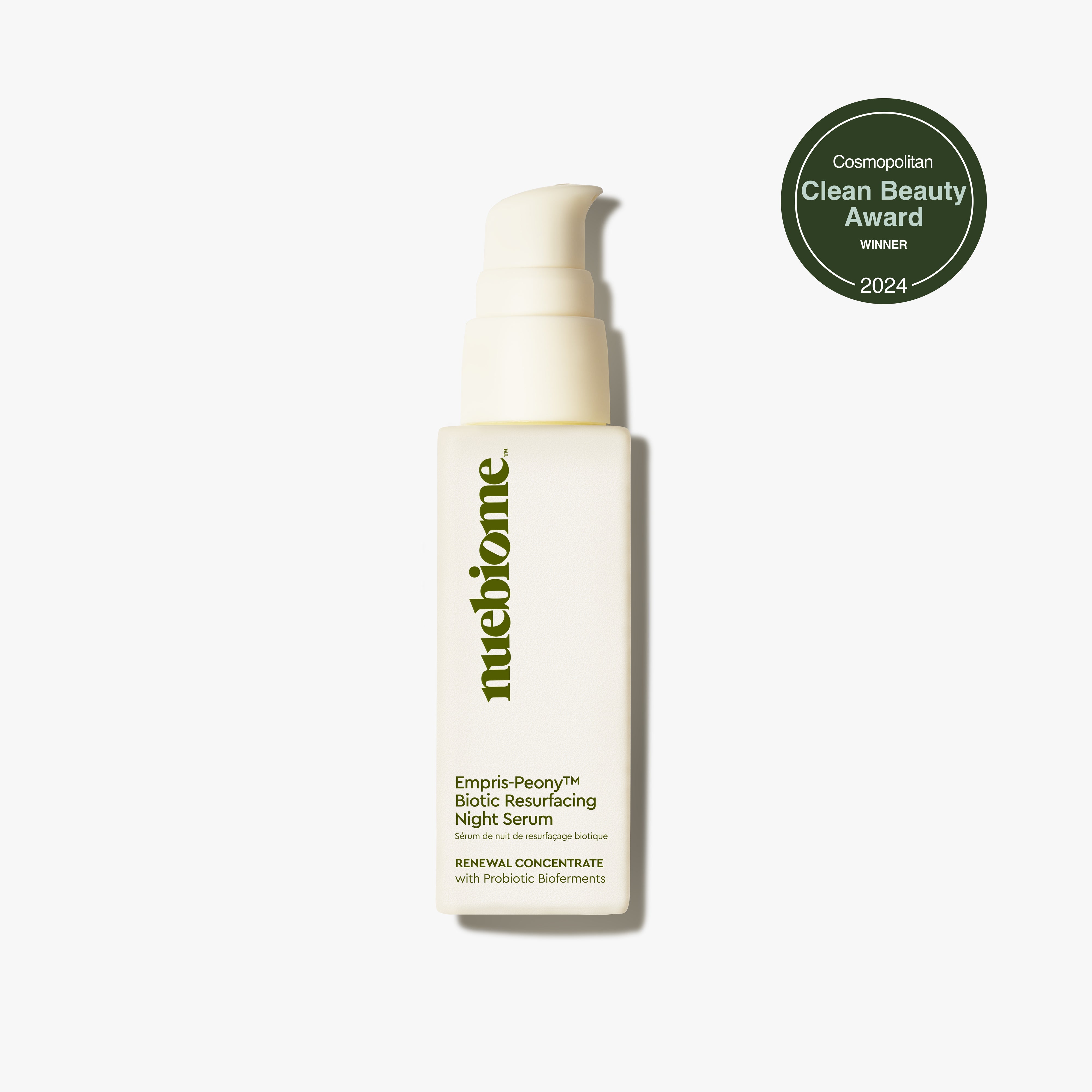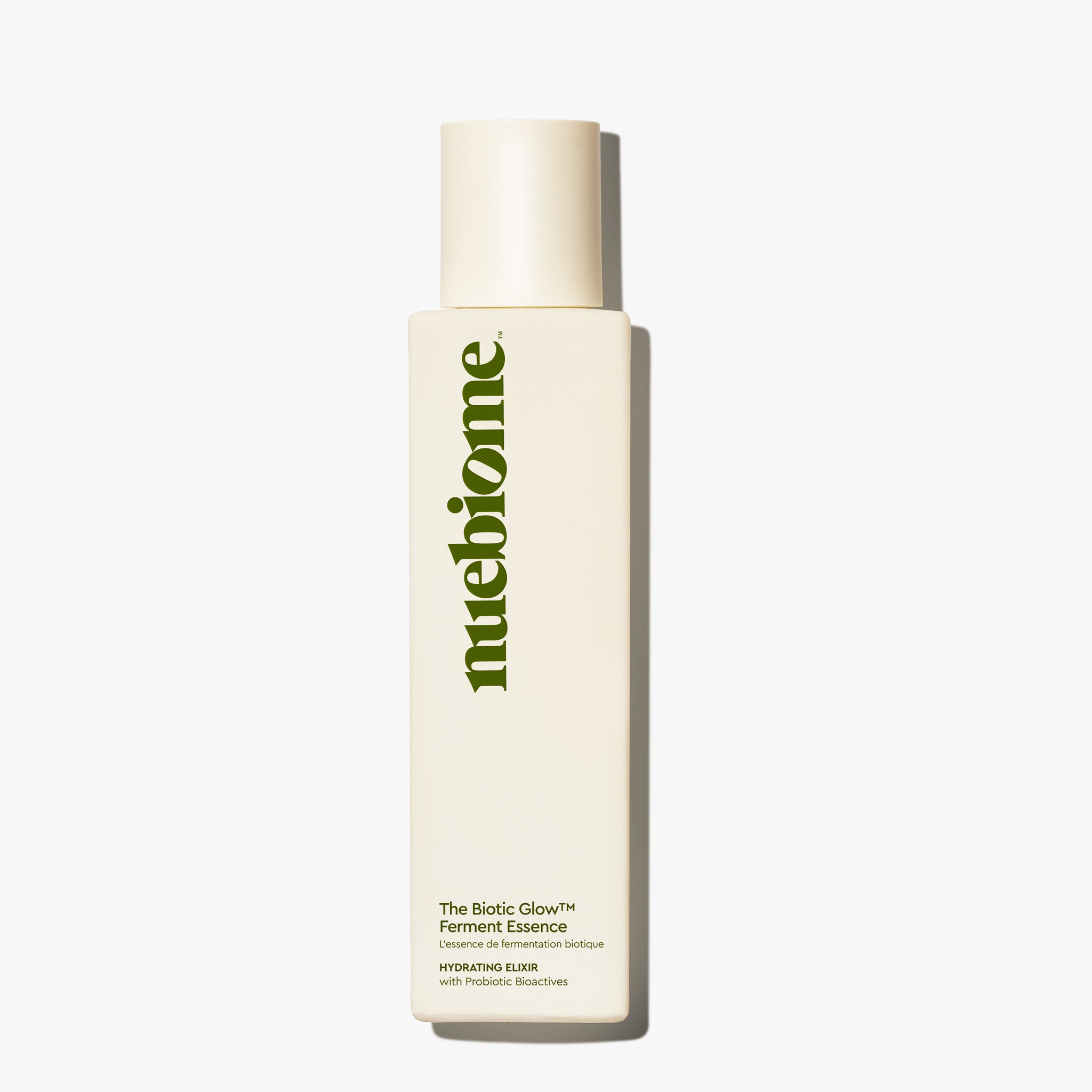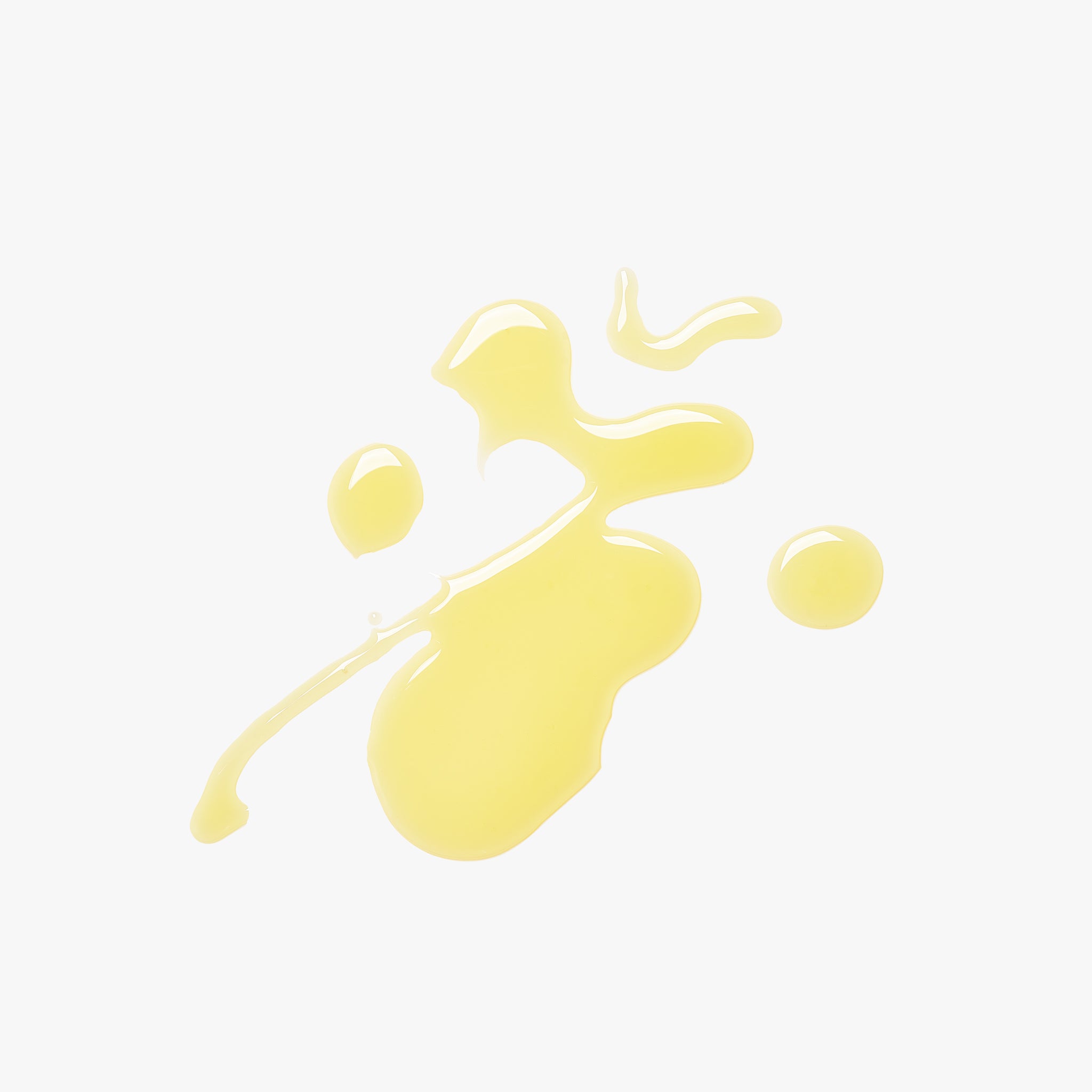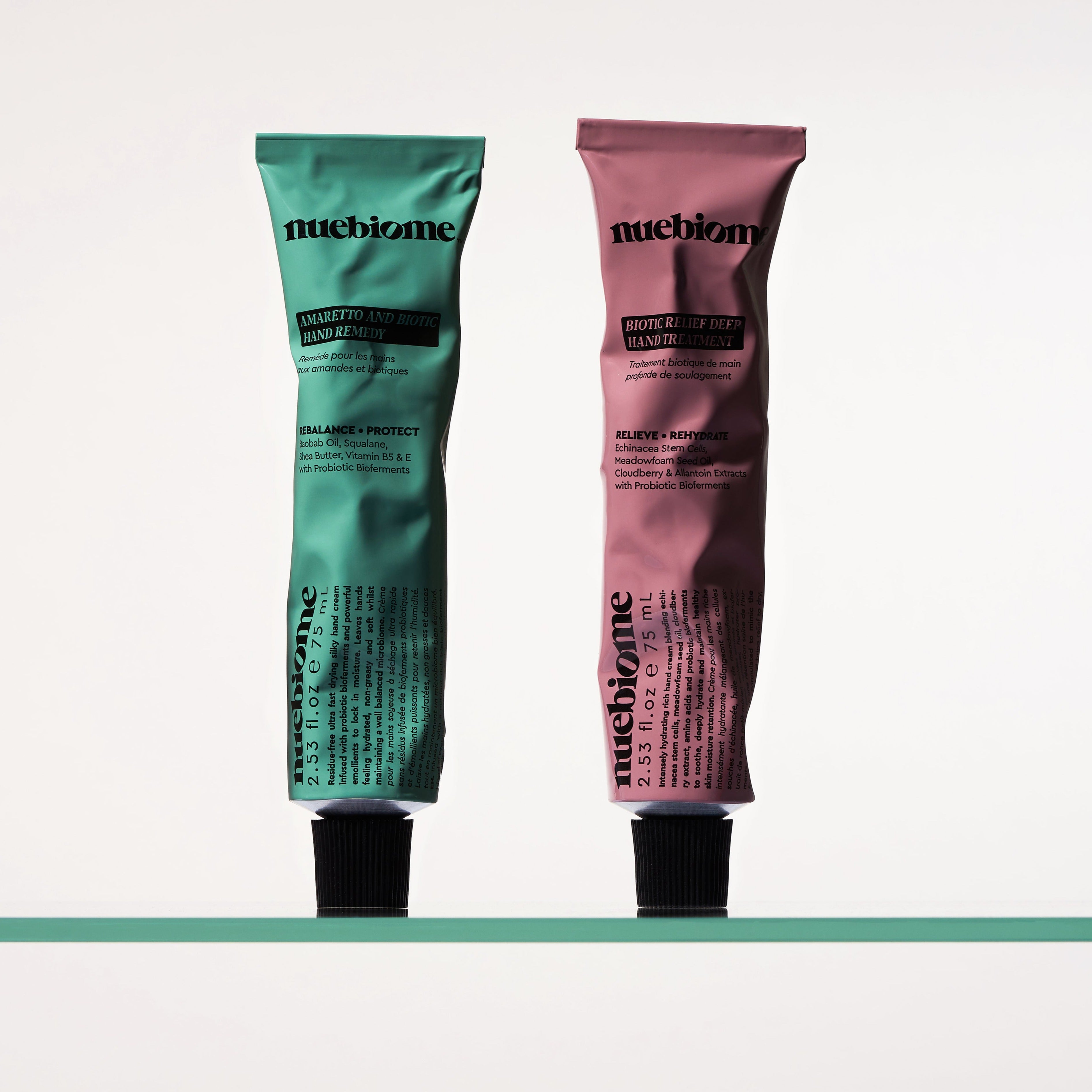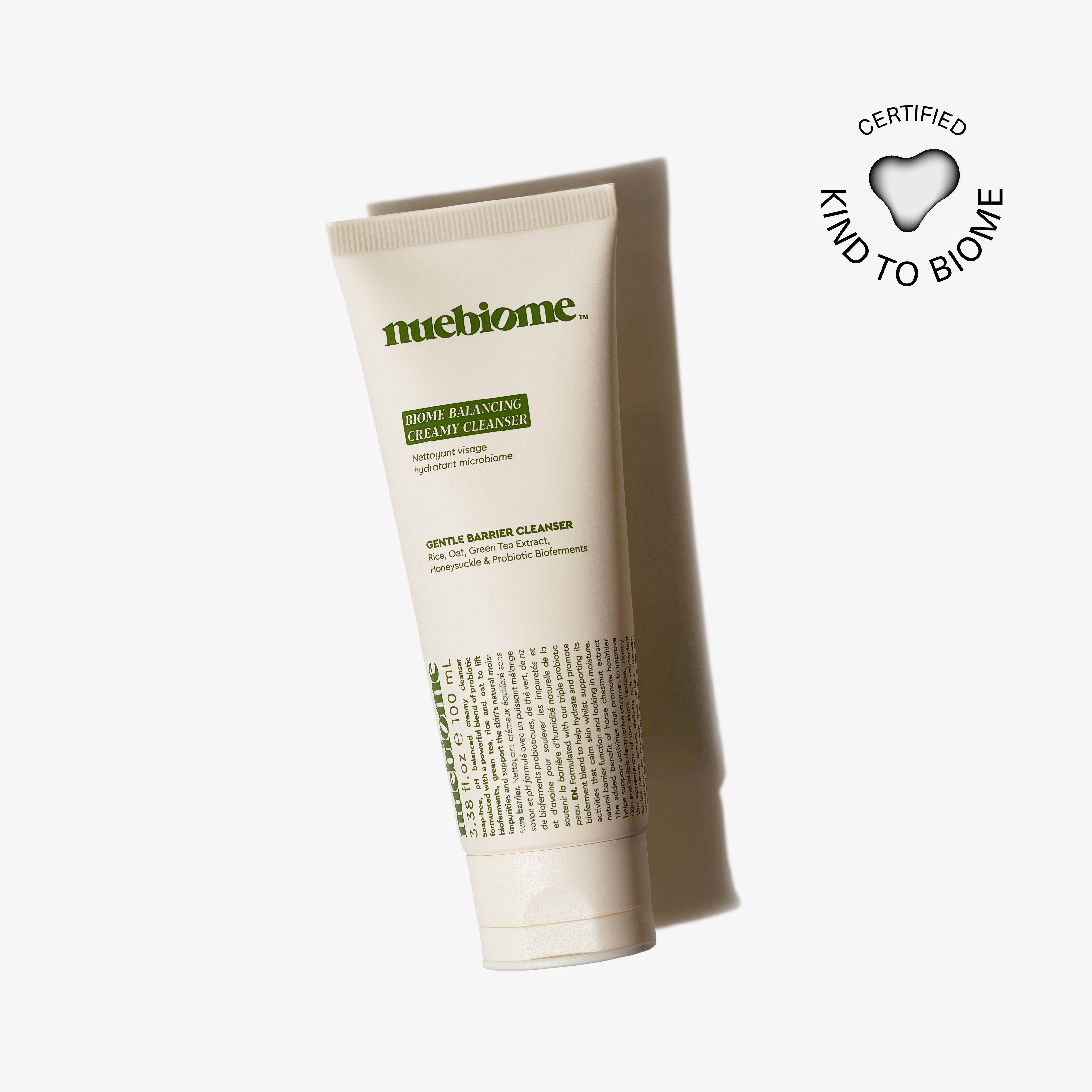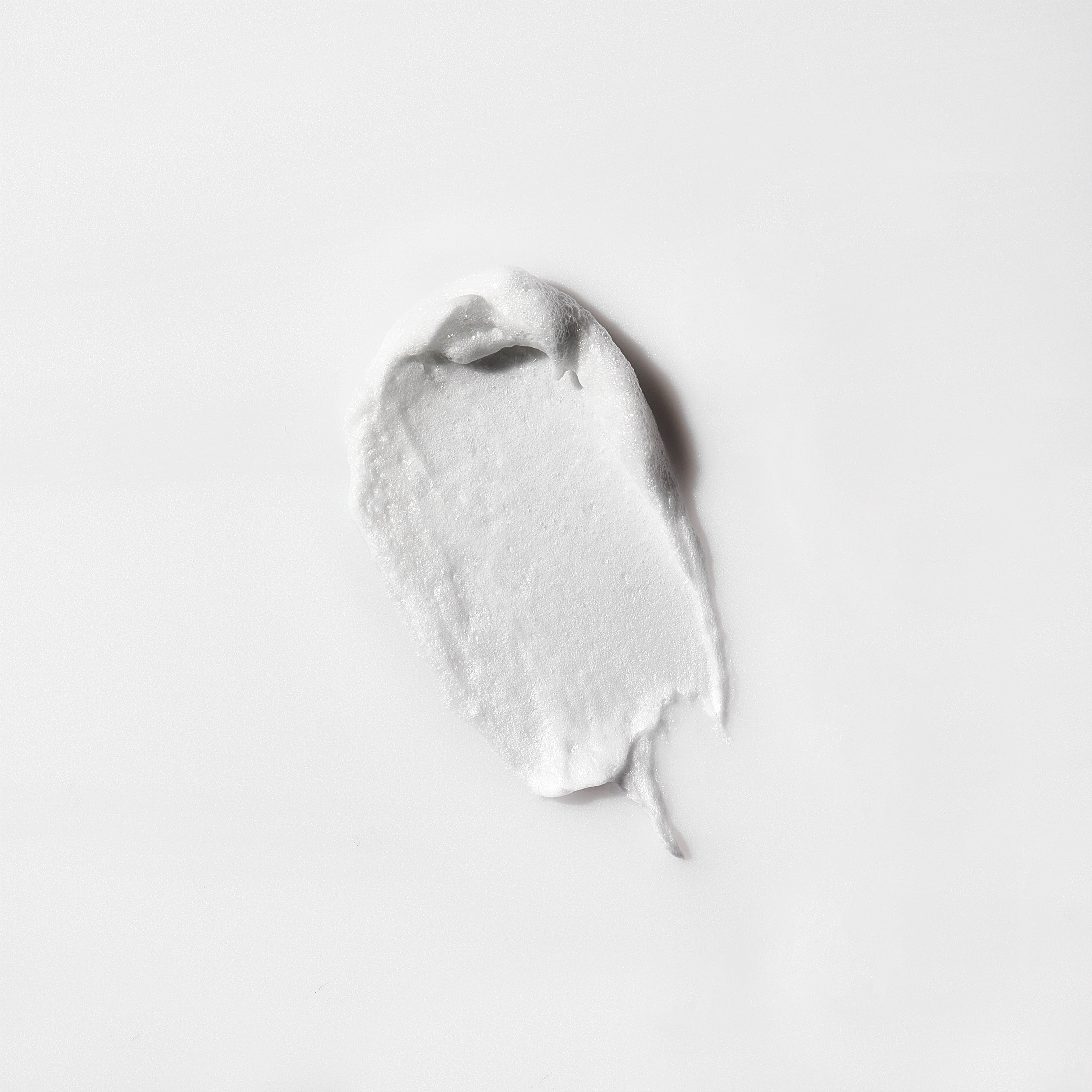Bifida Ferment Lysate--obtained from bifidobacteria cell lysate--applied topically may confer benefits such as superior protection against UV induced skin damage, barrier protection and improved hydration levels.
Natural Science
Alterations in the skin barrier has been a know causative factor in many skin ailments. Helping the skin restore itself to its homeostatic baseline is key. Multiple studies have shown that bifida ferment lysate enhances barrier function, with one study in particular demonstrating that the combination of lactobacillus ferment lysate with the addition of bifida ferment lysate increases skin tight-junction barrier function--which is critical to the skin barrier.
Fermented probiotics have been found to inhibit the growth of harmful microorganisms on the skin's surface, which can help alleviate common and frequently bothersome skin issues.
Benefits
Helps to decrease skin sensitivity through its anti-inflammatory effects, increase skin barrier strength and improve hydration levels. Studies show that continual use of bifida ferment lysate increases the skin's resistance agains physical and chemical attack.
How Its Used
We use bifida ferment lysate in our soon to be released moisturizer, Biotic Solace Revival Créme. Specially formulated with our most probiotic bioferments to date. Designed to boost hydration levels to give skin a sikly soft cushiony feel and a fresh lively appearance. In the mean time check out one of our favorite bioferment essence The Biotic Glow™ Ferment Essence.
Research
Studies show that bifida ferment lysate has positive benefits when it comes to skin barrier function by strengthening the skin’s natural barrier and resistance. Its skin sensitivity benefits are due to in part by decreasing in vasodilation, swelling and preventing inflammatory peptides that cause skin sensitivity. Improved hydration levels are conferred by increasing urea levels in the skin which creates multiple water binding sites, maintaining skin hydration.
References
Applied and Environmental Microbiology, Vol 79, Issue 16, Aug 2013, Pg. 4887-4894
Experimental Dermatology, Vol 19, Issue 8, Jul 2010, Pg. 1-8
Nutritional Cosmetics, 2009, Pg. 421-439
